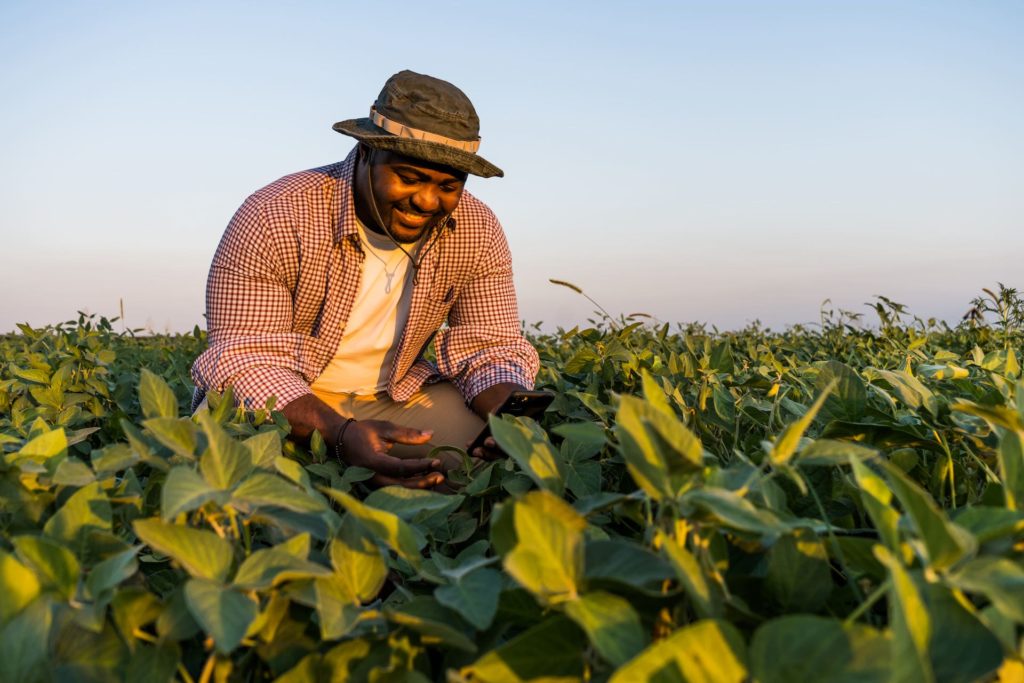Worldwide, 1.4 billion people are unbanked. Without a bank account, these people often find it difficult or even impossible to send money, make online transactions — or access financial services in many other ways the rest of us take for granted. This limits their earning potential and makes it hard from them to fully participate in the labour market.
One way around this, is to encourage the use of biometric ID. The World Bank and African Development Bank report there are 500 million mobile users in Africa, surpassing the number in the United States or Europe .
This high level of mobile penetration creates an opportunity for organisations. They can use mobile devices to make access to banking products and services easier for underserved populations.
One of the best ways to do this, is with easy-to-use, secure digital IDs, built on biometric technology. Biometric technology emerges as a convenient, accessible and secure way of providing financial services for unbanked and underbanked.
No trip to a passport office or bank branch is required. The person simply downloads an app and follows the enrolment process. During the onboarding process, biometric technology gathers and validates a range of data registering the user with banking services
For instance, it captures a snapshot of their ID card and a photo of their face, comparing the two to make sure the person is who they say they are and storing the data for future use. Additional biometric capture such as voice, digital fingerprint scan can also be added along with video onboarding or a signature capture for extra security.
Once the onboarding is complete, that person gets a secure and valid account and can access financial services as required. Biometric-based digital identity verification will enable them to enrol with banking or government schemes to acquire micro-financing, open savings account, access insurance, payments — and so on. This improves quality of life and fosters economic development. Biometric-based digital onboarding is already being rolled out in remote rural areas.
For example, a recent study in Tanzania found that by offering loans to farmers through digital channels, and drawing on the data collected to improve services, could help to reduce the cost of loans by as much as 40% . Indian micro-lending services have also been able to nearly double the amount they can offer farmers, because they digitised the lending process. But these improvements are only possible, if lenders have a secure, fast and easy way to verify the identity of borrowers.
Using a selfie, voice or fingerprint scan on mobile phone is not only a simple, reliable way to access online banking services, but also significantly reduces chances of fraud, identity theft or cybercrime attempts.
Financial organisations and government agencies should introduce biometric technology to make financial services accessible for all to help to strengthen and drive growth in emerging economies.
Find out about FacePhi’s biometric-based digital onboarding and identity verification solutions.






